The construction industry is undergoing a transformation, particularly in terms of addressing the impact construction has on the environment. It is no surprise that AI is already playing a huge part in this transformation.
AI is being used to create more energy-efficient buildings. It also helps to smooth out workflows while reducing operational inefficiencies, waste levels, and the overall environmental impact a construction project has during its lifecycle by instantly analysing data relating to an enormous range of variables.
In the US, businesses using digital construction tools (which would include the use of AI) have reported their costs have gone down by 5% while labour costs have dropped by 25%. At the same time, the companies reported productivity rose by 25% and completion time improved by 5%.
How is AI already being used to make construction more sustainable?
Given that anything close to the full effect AI will have on the construction industry is still a long way off, it is interesting to see which areas of the design and build process are already being augmented by AI.
The sensible place to start is - as always - at the beginning, and design and planning are already key areas.
AI can produce more energy-efficient designs by identifying how to deal with design variables like building orientation, window placement, insulation, and materials performance. However, AI can also be used to expedite new options by forecasting the performance of the new, more sustainable materials coming onto the market, for example, low-carbon concrete. This means stakeholders can assess whether the initial materials they chose could be substituted for new options to further increase the sustainability of the building.
These digital planning processes are being increasingly supported by Building Information Modelling (BIM). BIM promotes more collaborative teamwork and better communication, which makes it easier to work closely together to deliver a project’s sustainability goals.
However, the benefits of using AI during the planning process can be financial as well as environmental. Using past performance data, AI can model the required labour levels and the likely levels of waste that will be produced to improve cost efficiencies.
AI can also allow stakeholders to see into the future by identifying the issues they may encounter during the build, including likely failures on the plant machinery side. This enables them to take immediate, if not pre-emptive, action to keep the project on track with the minimum of disruption to operations and prevent having to meet additional costs.
Once the design phase has been completed, AI can be used to predict the performance of the most sustainable methods and materials the contractor could use to bring the design to life. They can then schedule a working plan to deliver the construction. An important part of this is resource management. AI can accurately predict the exact amount of materials that will be required. This reduces waste and helps make sure that the right materials are used and that these materials are sourced responsibly.
As we’ve already mentioned, greater energy efficiency is another of the key benefits AI offers the construction industry. Once the building is operational, AI can examine data from the various sensors and systems recording energy usage patterns to spot where lighting, heating, and HVAC levels can be adapted to improve energy efficiency, reduce emissions, and even open up an opportunity to change to renewable energy sources.
Finally, within the construction management process, AI can be used to specifically help improve safety on site and prevent the hazards that traditionally cause accidents from manifesting. For example, generative AI can be used to collate data on the most common instances of improper use of machinery or collisions and near misses involving machinery to identify potential hotspots so reparative action can be taken. Another example is more health-focused; AI can monitor the air around a site to alert managers how and when unsafe conditions like high levels of dust or other chemicals occur so preventative measures can be put in place to protect workers.
Which AI-driven technologies could we see lead construction's digital revolution?
We’ve spoken about how AI can help optimise construction processes and energy performance and make buildings more efficient and less wasteful. It will be interesting to see which areas innovators’ focus will fall on as they look to drive the technology development. These areas could include:
Cobots
Unlike robots that work independently, collaborative robots, or ‘cobots', have been developed to work alongside their human counterparts by taking on the most repetitive, dangerous, and unappealing tasks.
Smart lighting
Smart lighting goes well beyond turning unused lights off. AI can learn habitual patterns, so occupants get the light they want at the times they want it, whilst minimising energy consumption by controlling timings, brightness, and colours. Controlling these factors not only reduces energy consumption and waste, but over time it could be used to provide lighting settings that will improve productivity, boost moods, or even help you wind down at the end of the day.
Smart flooring
Somewhat linked to the concept of smart lighting, smart floors can work out current levels of occupancy and tweak temperature, lighting, and even background noise accordingly to complement the people in the room.
Predictive HVAC
AI can train HVAC systems to predict and control usage patterns by mapping occupancy data and consumption data against weather data and occupancy information. Using this data to control HVAC output will again significantly help to reduce energy waste and carbon emissions. A recent study published by Energy5 claims the nascent use of machine learning has already cut energy use in buildings by up to 30%. One cannot help but think that the continual improvements being made to the algorithms and sensor systems will only push that number up.
Automated framing design
AI is being applied to the woodworked elements of a building, most notably to window frames. AI-driven CAD can create complex, bespoke designs that ensure the windows are as effective as possible and minimise errors in the design process that drive up costs, waste, and emissions when they need to be remade.
Product development
It is expected that AI will also play an increasing role in the development of new, more sustainable building materials. AI has already helped discover less harmful concrete mixes and more sustainable alternatives to bricks.
We look forward to seeing how the AI revolution continues to impact the construction industry as we move deeper into the 21st century and which exciting new technologies emerge to continue the solid foundation that’s been laid to help the sector improve the design process, its operational efficiencies, and meet its increasingly stringent sustainable targets.
If you are involved with a digital construction tool or an AI-based project and would like to discuss how best to protect and commercialise your ideas, we can help.
Our patent attorneys are hugely experienced in designing the multifaceted and often complex protection strategies required to support digital technologies/AI-based innovation in Europe.
Our IP solicitors are equally experienced in advising on the ownership, safe usage, and commercialisation of data, and on risk management and strategic and contractual considerations around implementing digital technology/AI solutions.
Please contact us today to find out more or visit our AI hub to see how we protect the 3 stages involved in AI.







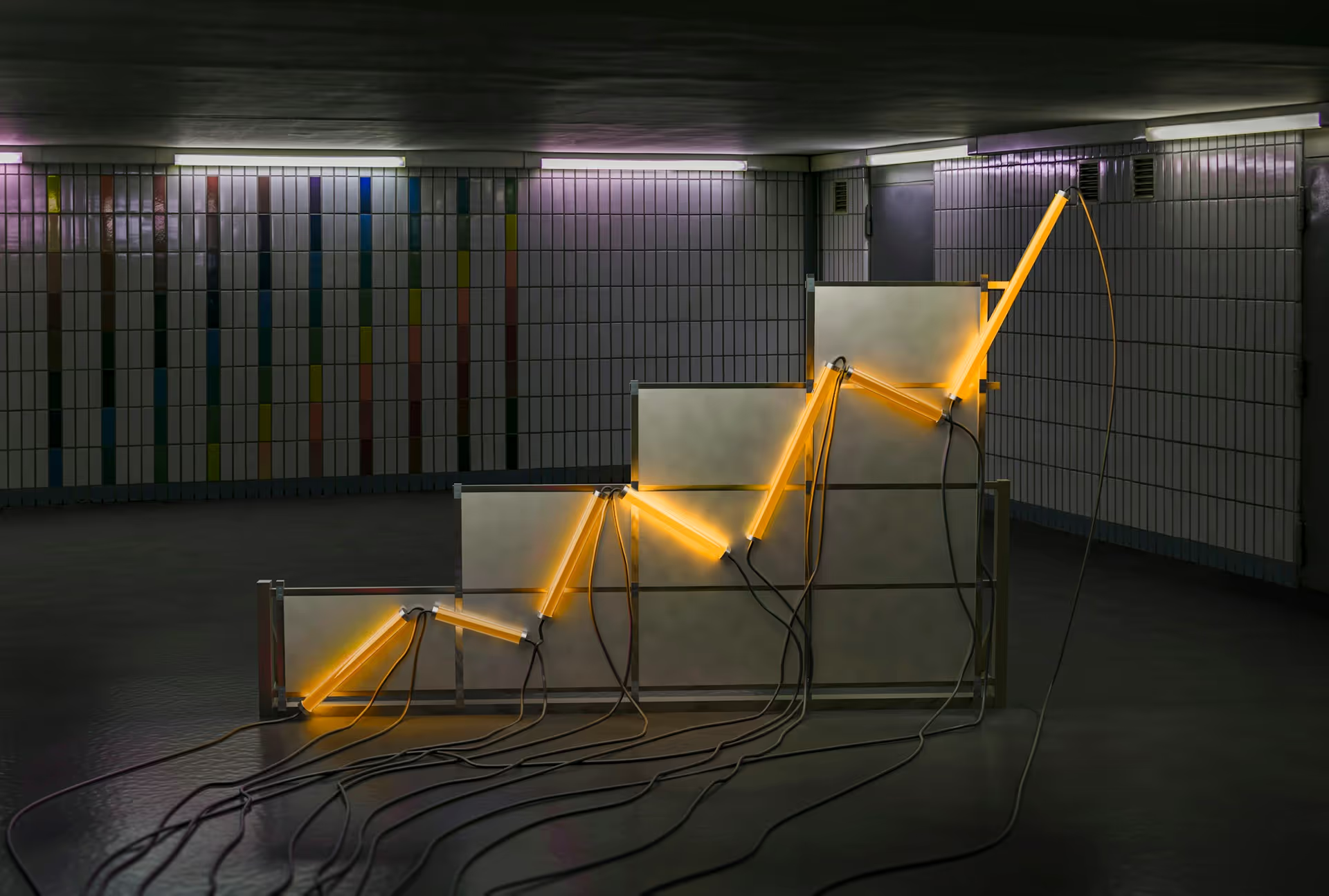



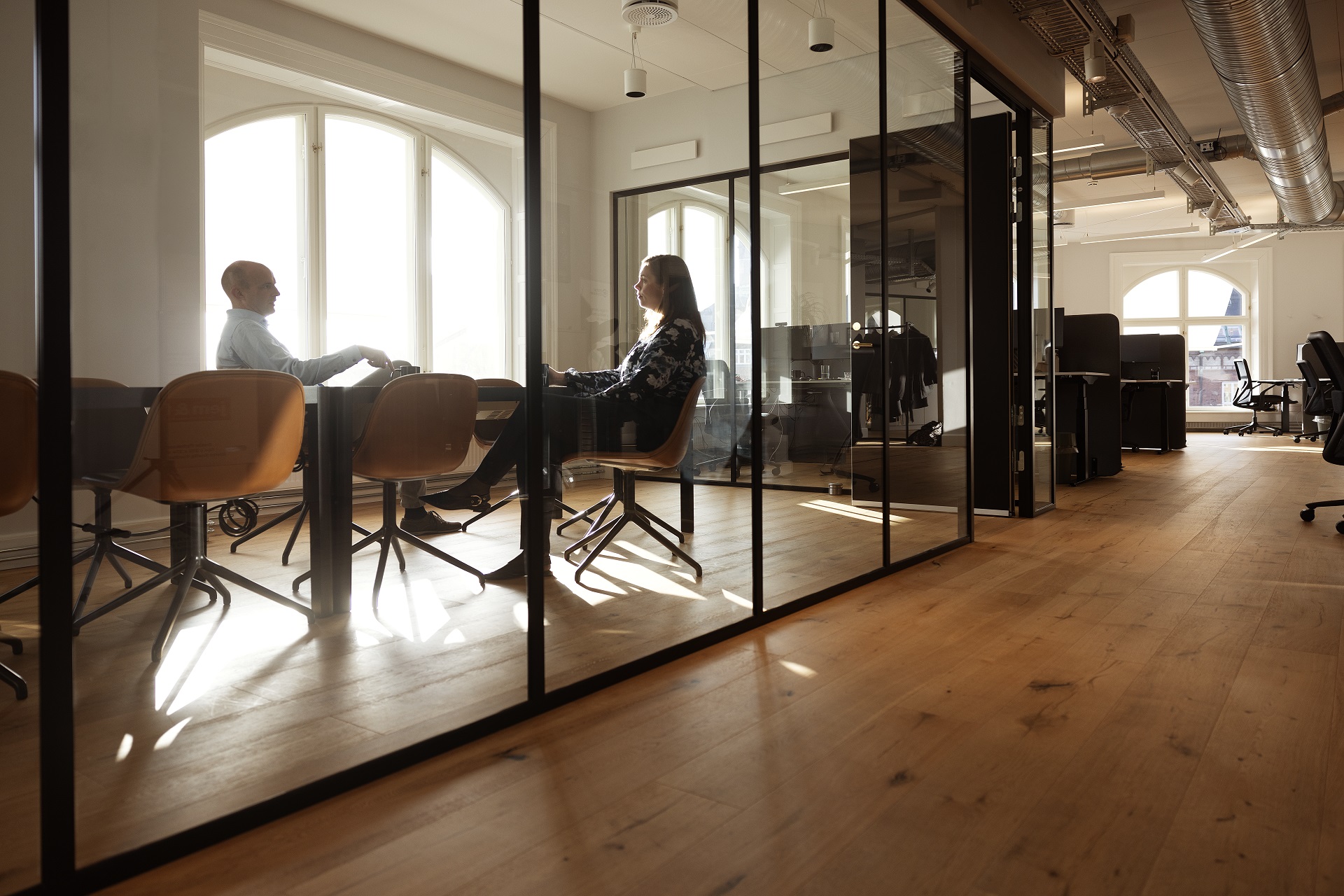
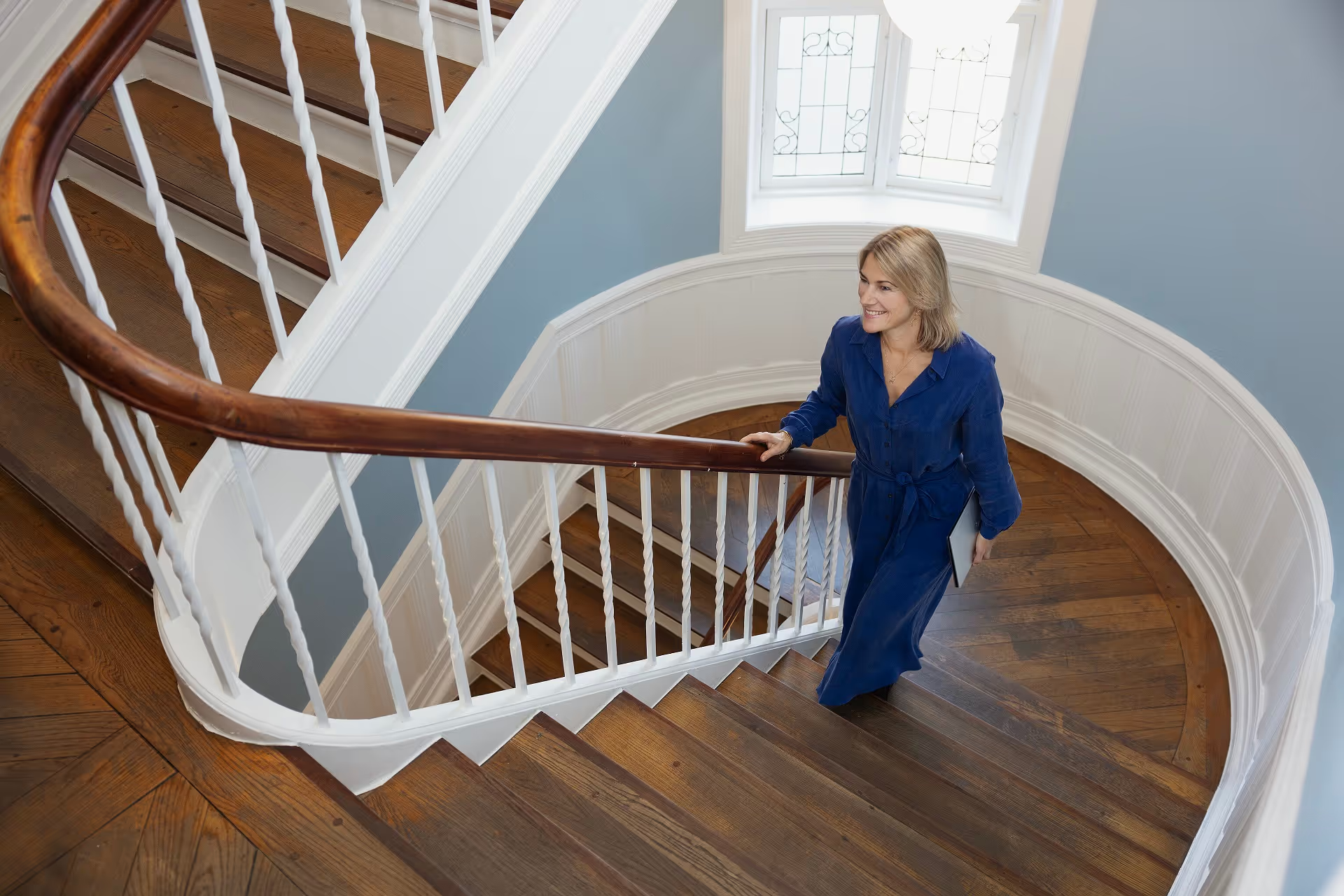



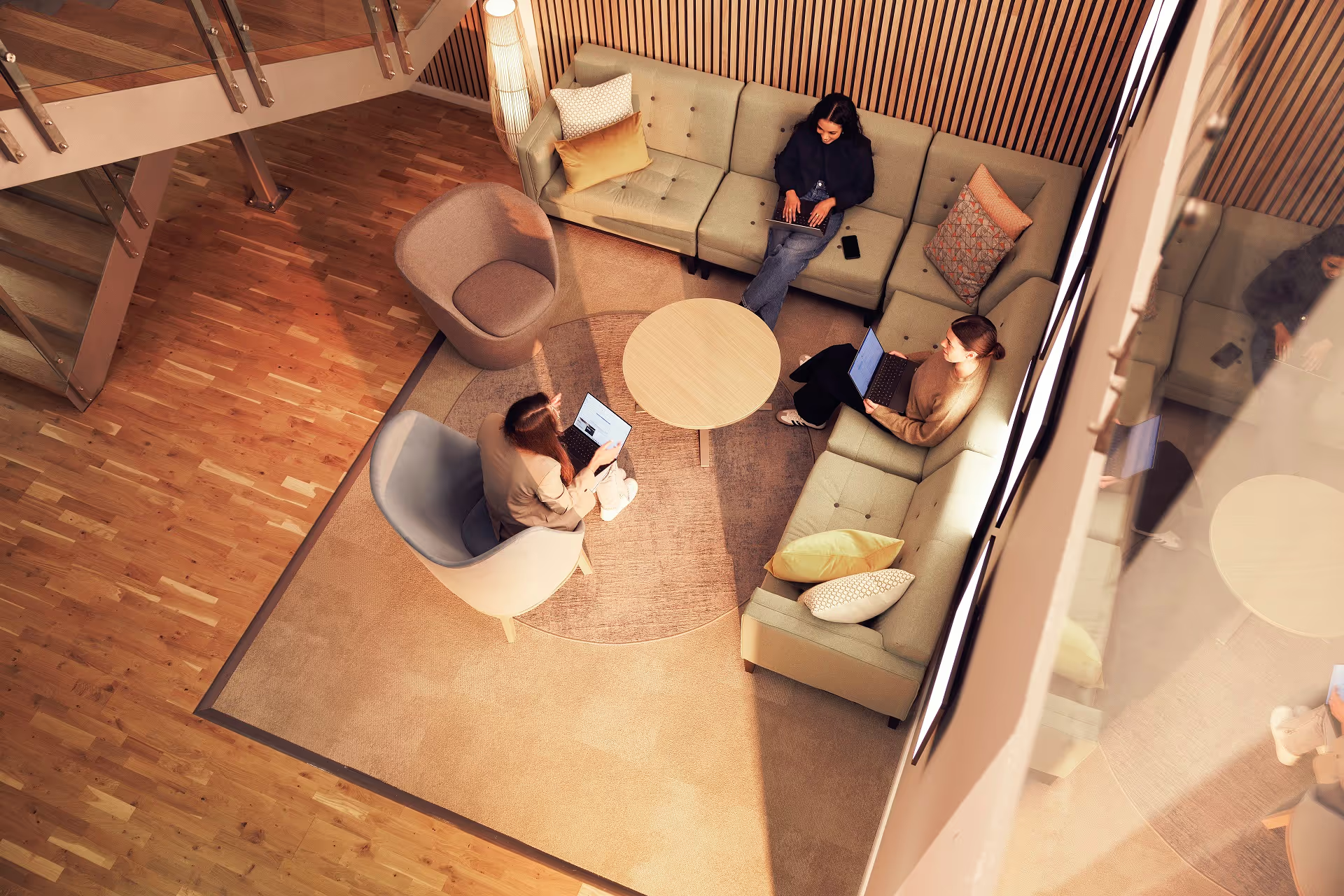

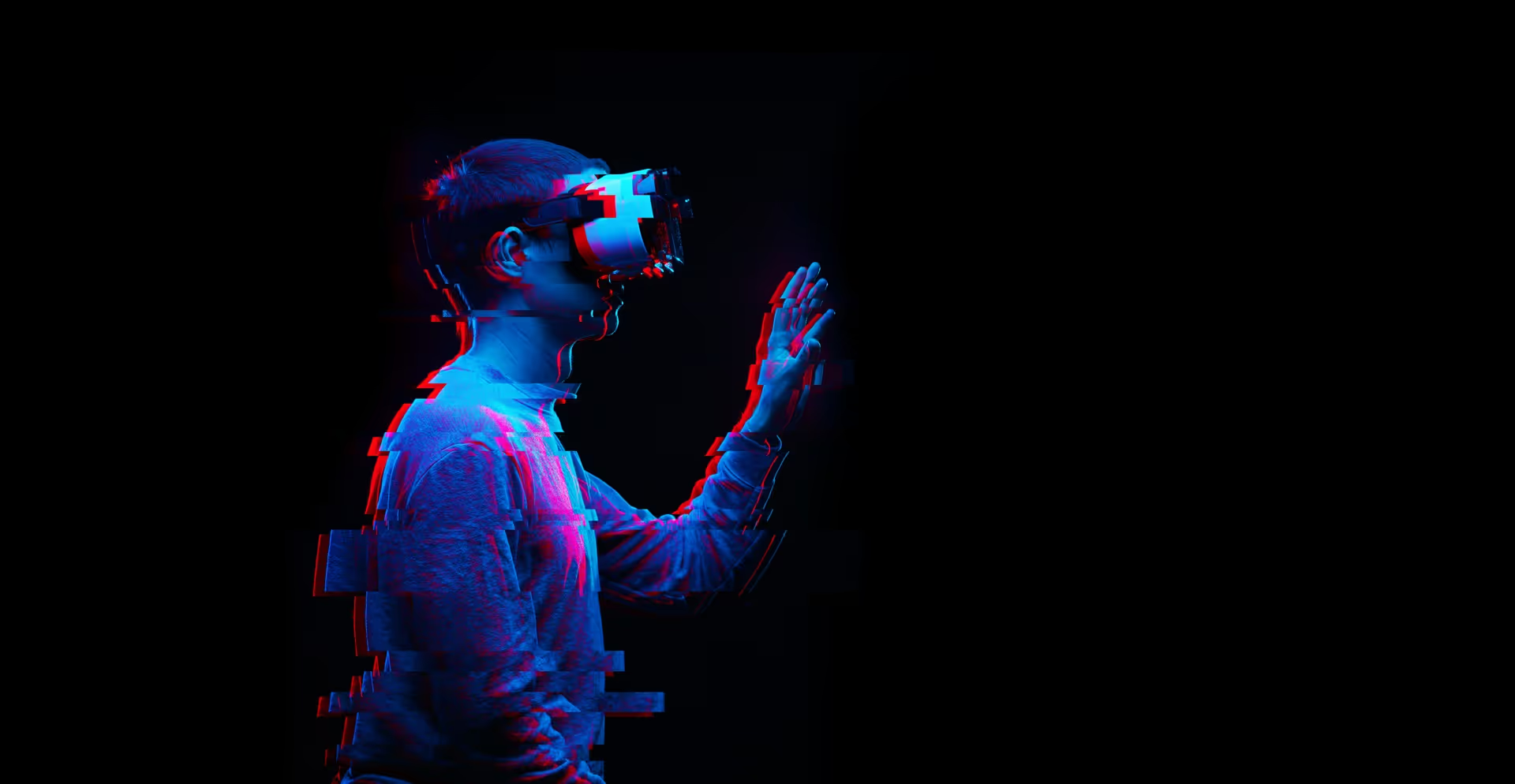






%203.jpg)

%20provider.jpg)
.jpg)
%20(1).jpg)